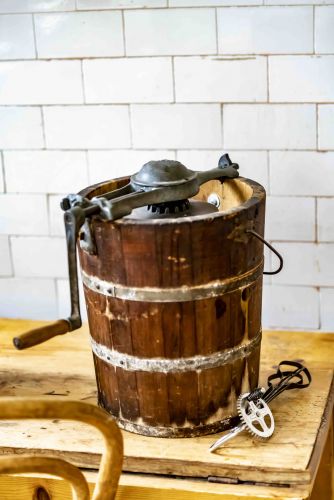We visited the question of bike shop churn back in November and concluded that industry concerns about a rapidly shrinking shop base were unfounded; the dealer population was essentially stable. But that was six months ago and there's been a lot of water under that particular bridge since then. The rate of bike shops going out of business may or may not have increased, but the number of new dealers entering the channel has more than kept pace with the losses.
How is this possible? Read on.
A deep dive into the top 10 bike brands
To understand the problem, I turned to Christopher Georger, head of Georger Data Service, which tracks the dealer lists of about sixty bike brands that sell through independent retailers. Of these, there are 10 Georger considers most significant. These are further divided into the Top Four bike brands (Trek, Specialized, Giant and Cannondale) and six Other Popular Brands (in no particular order, Scott, Marin, Santa Cruz, the now-defunct Kona, Cervélo and Pivot). Their inclusion on the OPB list is based solely on which brands Georger's clients most frequently ask him to track.
These numbers are simply not consistent with the popular image of post-pandemic bike shops going out of business left and right.
There were 3,839 Top Four U.S. dealers in May of last year. As of April 30, that number has increased to 3,950, a net gain of 114 dealers, or just about 3%. So clearly there's no loss of dealers here. Or is there?
Digging deeper, we find that 6% — 218 dealers — who sold one or more of the Top Four brands last year are no longer doing so. Of these, more than half (128) are still carrying one or more OPB bikes. The remaining 90 dealers are presumably out of business. So the big brands dropped 218 dealers in the past year, a 6% churn rate, but picked up 332 new ones. These numbers are simply not consistent with the popular image of post-pandemic bike shops going out of business left and right, nor is a 6% churn rate remarkable or even especially concerning. Hardly a sign of an industry in crisis.
Turning to the OPB list, GDS data shows 3,105 dealers representing those six brands, compared to 2,887 last year, a net gain of 218 retailers, or about 7.5%. Again, these are healthy numbers.
The big picture
Turning to the combined Top 10 total, we had 6,723 dealers a year ago, with 527 leaving the business, which gives an annual churn rate of not quite 8%. We also have 850 new dealers showing up on Georger's lists, for a net gain of 323 dealers and a Top 10 total of 7,055, or a net growth of 4.5%.
Dealers seem to be closing down less profitable satellite locations, and some larger stores or chains have failed entirely.
To be sure, some retailers are going out of business. Dealers seem to be closing down less profitable satellite locations, and some larger stores or chains — including internet giants like Chain Reaction/Wiggle, Colorado Cyclist and others — have declared bankruptcy or initiated liquidation. But overall, there are still enough new brick-and-mortar players entering the business to more than make up for the deficit.
A particularly noteworthy statistic is the number of e-bike-only dealers. Last year, Georger's dealer lists showed 732 of these retailers. That number nearly doubled through 2024 to 1,402, for a net gain of 670, although this is largely an effect of Georger being asked to track more e-bike brands. (Note e-bike-only dealers are not included in the industry totals, in part because many of them are not traditional bike shops.)
In conclusion, it may be tough times for the industry, and undeniably so for some of the largest suppliers. But overall the number of dealers in the U.S. is flat to slightly up. A healthy retail base is essential for the cycling industry's health, and as we come into the summer months of 2024, that is good news indeed.


